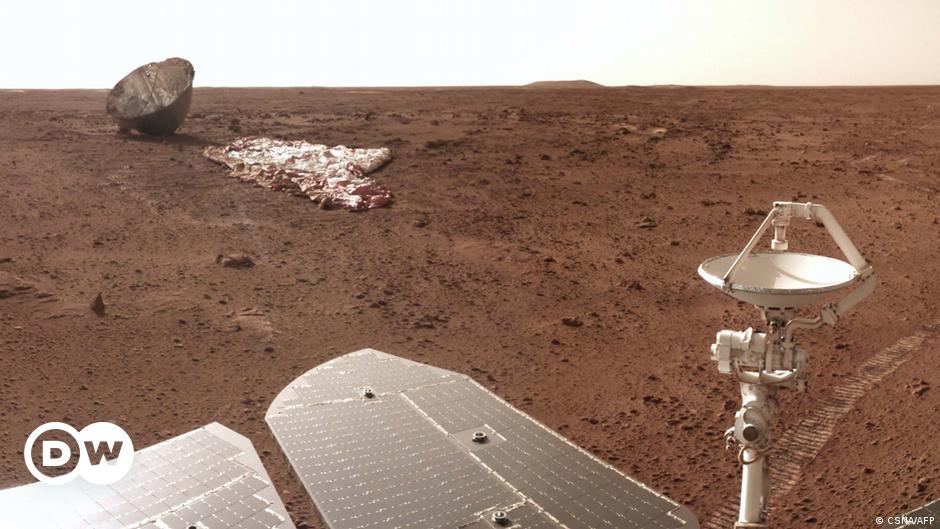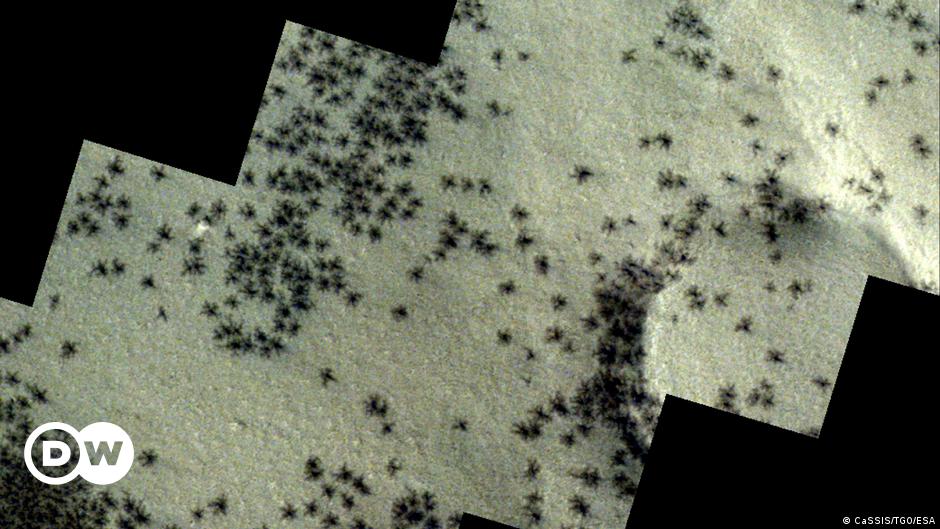Chinese rover Zorong It has revealed significant progress in exploration Mars The discovery of mysterious polygonal structures buried 35 meters deep in Utopia Planitia, one of the largest impact basins on the planet and in the solar system. These results were published in the journal Nature astronomysuggests the past The climate of Mars is more complex And more dynamic than we thought until now.
Underground radar detection
Equipped with advanced ground-penetrating radar (GPR), Zhurong identified 16 polygonal structures within a 1.2-kilometre radius. These patterns, which range from centimeters to tens of meters in diameter, are thought to have formed between 2.9 and 3.7 billion years ago, during the Late Hesperian and early Amazonian times. This discovery indicates the possibility of the existence of early Mars with climate conditions similar to those found in the Earth’s polar regions.
The scientists, led by Li Zhang of the Institute of Geology and Geophysics of the Chinese Academy of Sciences, propose two main theories to explain the formation of these structures. One hypothesis is that they were formed through repeated cycles of freezing and thawing, meaning water and ice were present at the time. Another theory points to a volcanic origin, as cooling of lava flows could have created these shapes.
Implications for the climate of Mars
These polygonal structures, buried beneath the surface of Mars, could be indicative of a major climate shift in the planet’s past. The presence of such patterns indicates that Mars experienced dramatic changes in its climate, moving from a cold, humid environment to drier conditions. In addition, Zurong’s findings suggest that Mars’ axis may have changed significantly in the past, suggesting a much more dynamic planet than previously thought.
Although the Zhurong spacecraft went into hibernation in May 2022 and is no longer active, its legacy still reveals secrets about Mars. These discoveries not only enrich our knowledge of the Red Planet, but also raise fascinating questions about its watery past and the possible climate shifts it has undergone over billions of years.
ies (natural astronomy, science alert)



:quality(85)/cloudfront-us-east-1.images.arcpublishing.com/infobae/ACIPWYAQCFGNRECZAN3R7HUYUM.jpg)
:quality(85)/cloudfront-us-east-1.images.arcpublishing.com/infobae/MNC54VXNEZFZRNQPRR5NB7S774.jpg)
